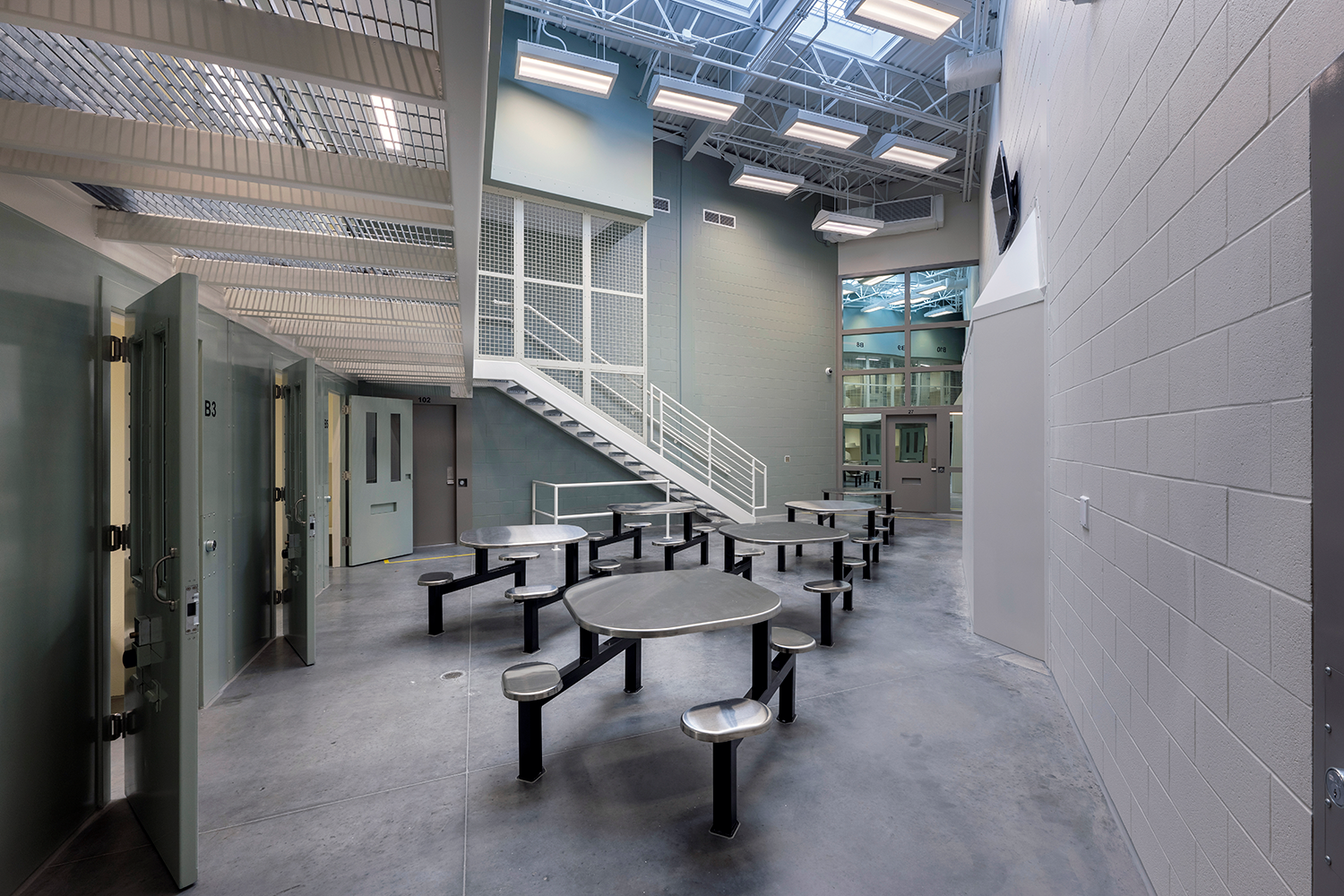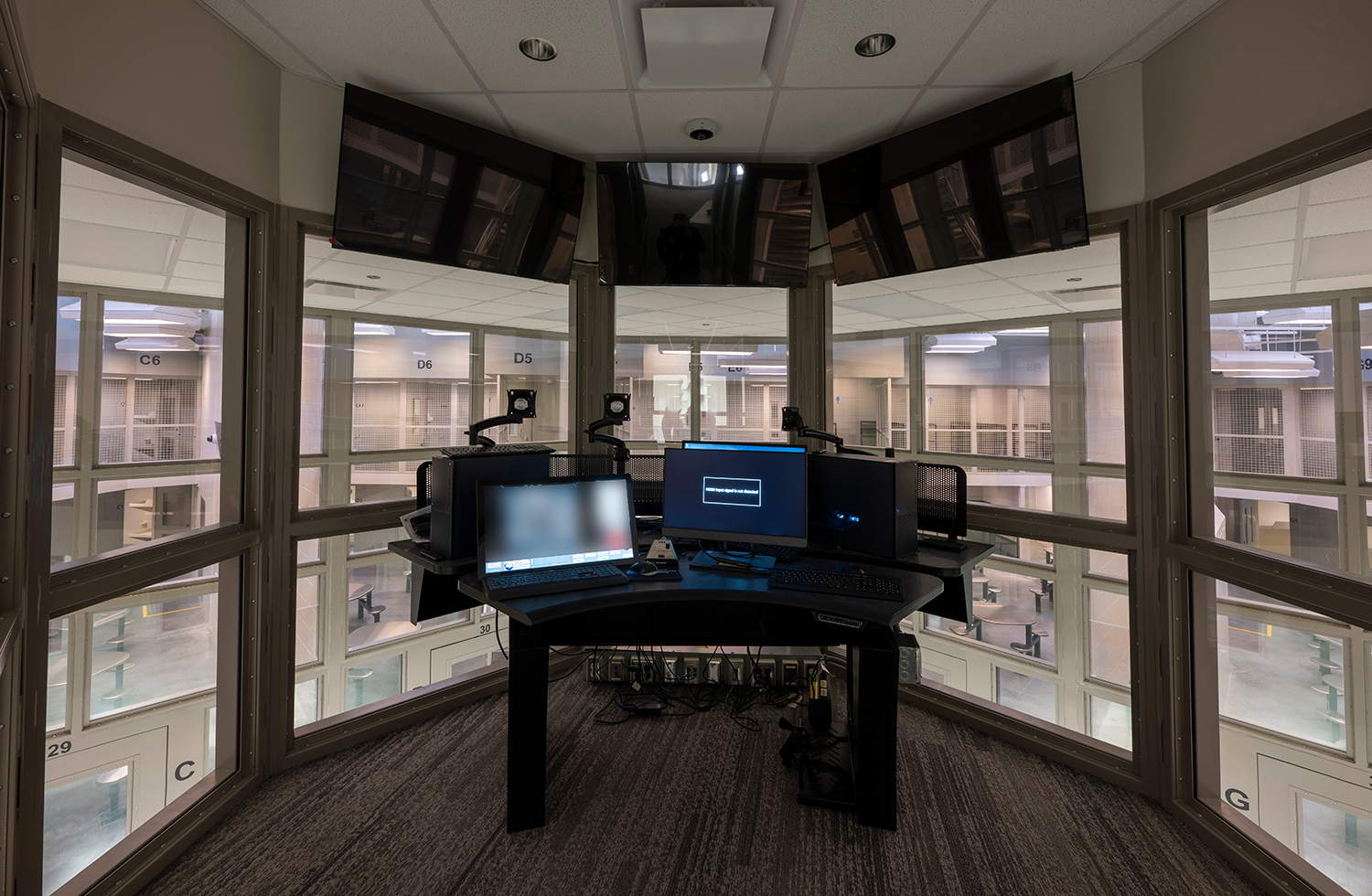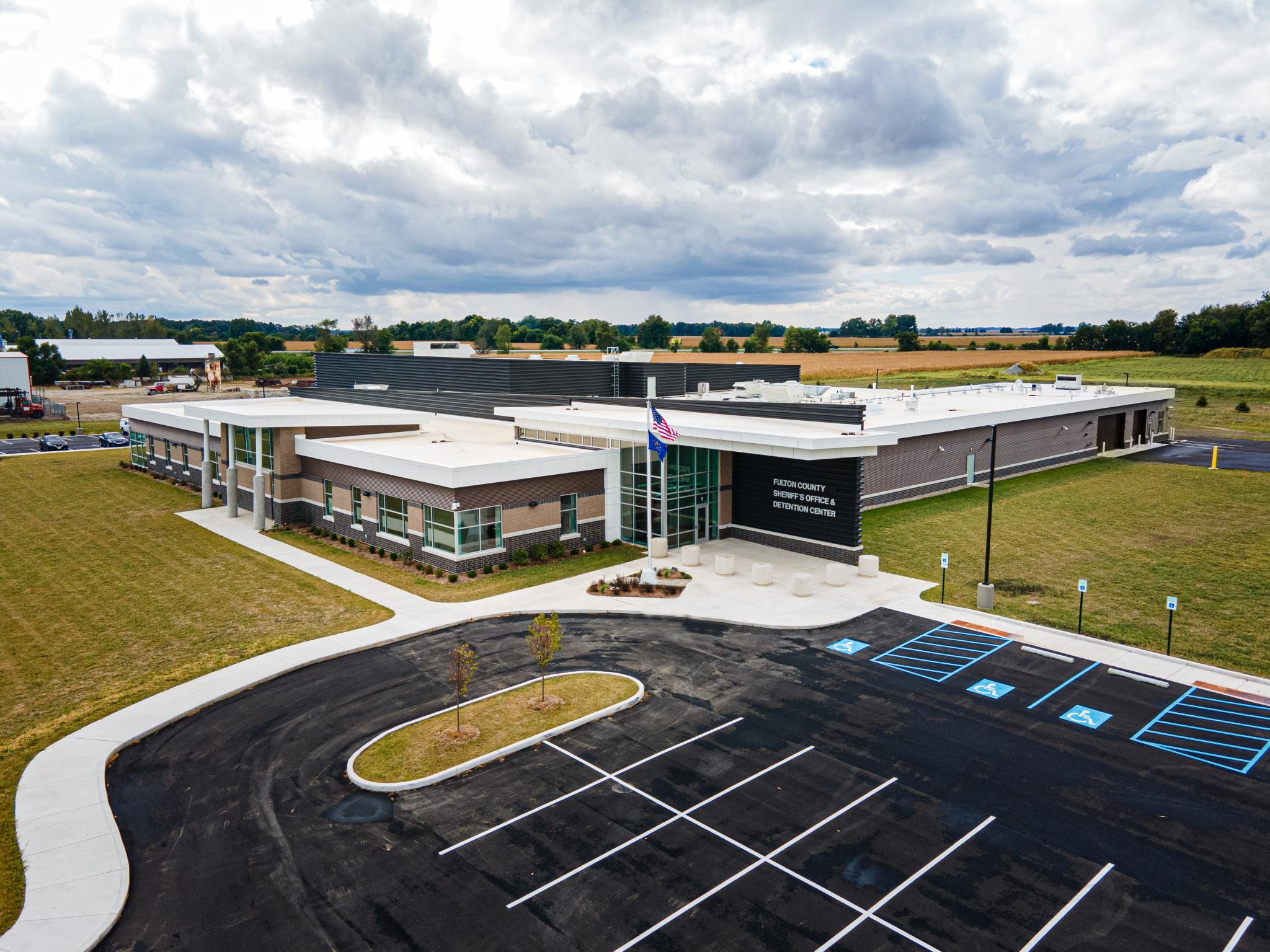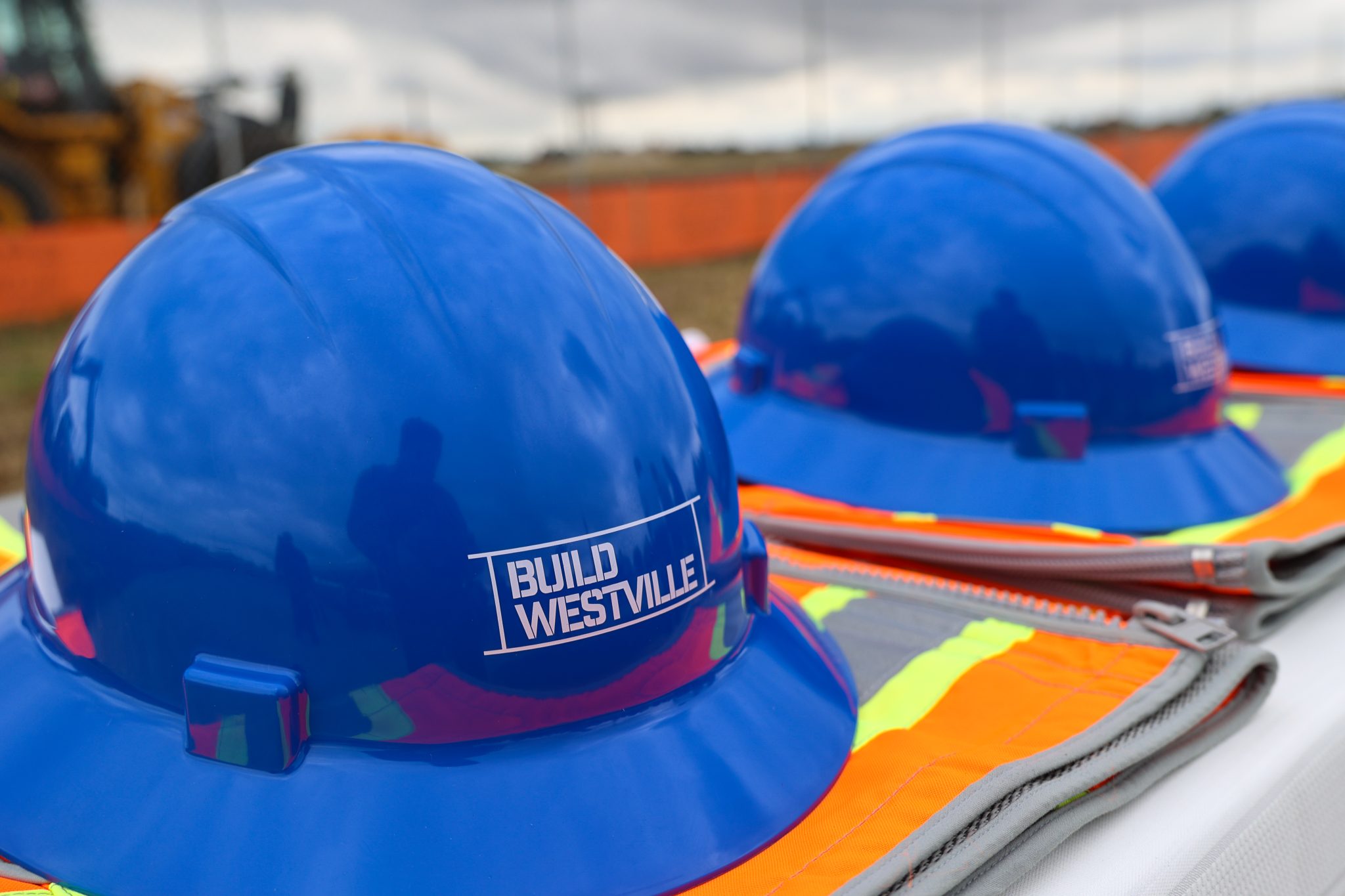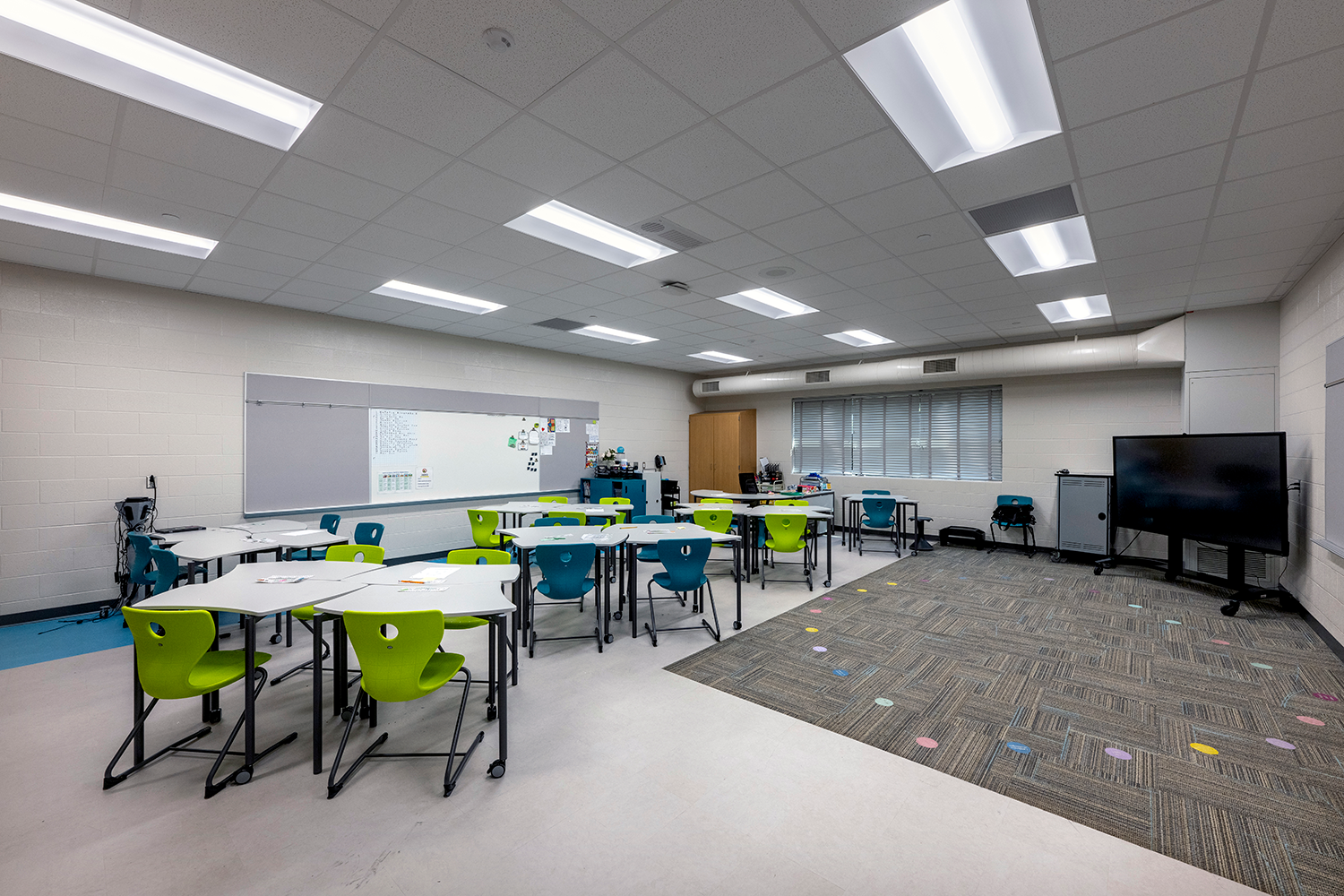Developed through Justice Prototype Design: Detention Pod and Control
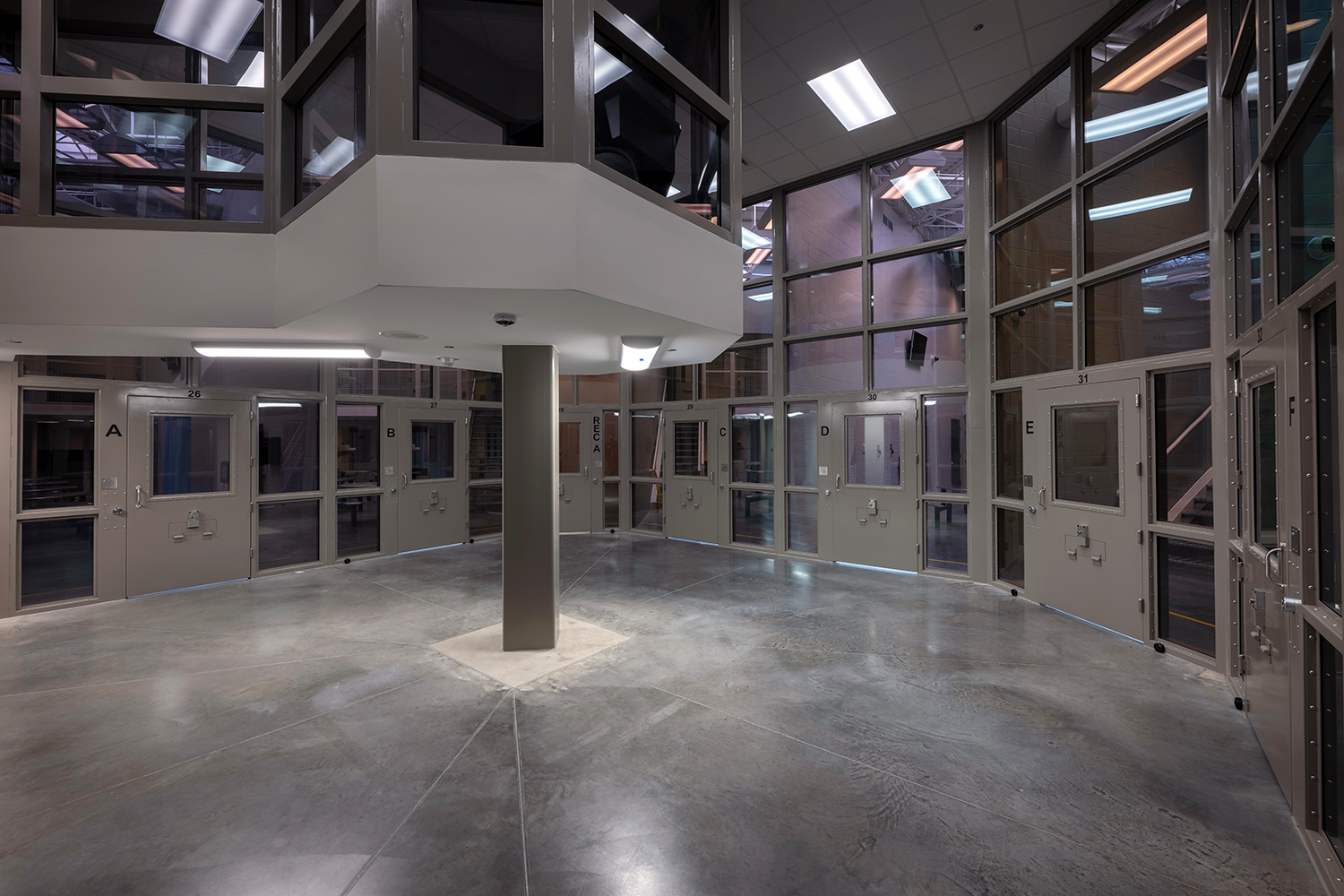
As Sheriff of Fulton County, Indiana, I was tasked with addressing the same issues that many sheriffs across the country face with aging and inefficient jail facilities. Ours was burdened with a range of infrastructural problems, including plumbing, sewer lines, electrical systems, HVAC complications, inadequate storage space, and overcrowding.
The facility was originally designed over 40 years ago. After careful evaluation, pursuing a new, modern correctional facility became the most practical solution to overcome the ongoing setbacks of operating within an outdated environment.
